CT Scan
A CT scan (Computed Tomography scan) is an imaging technique that uses X-rays and computer processing to create detailed cross-sectional images of the body.
What is CT Scan
A CT scan (Computed Tomography scan) is a medical imaging technique that combines multiple X-ray images taken from different angles and uses computer processing to create detailed cross-sectional views of the body. These images allow doctors to see bones, organs, blood vessels, and soft tissues with much greater clarity than standard X-rays. The patient typically lies on a table that moves through a large circular scanner while the machine rotates and captures images.
CT scans are commonly used to detect internal injuries, diagnose diseases, locate tumors, and monitor treatment progress. The process is quick, painless, and highly effective for examining complex areas of the body. Though it involves exposure to ionizing radiation, the diagnostic benefits usually outweigh the risks when used appropriately.
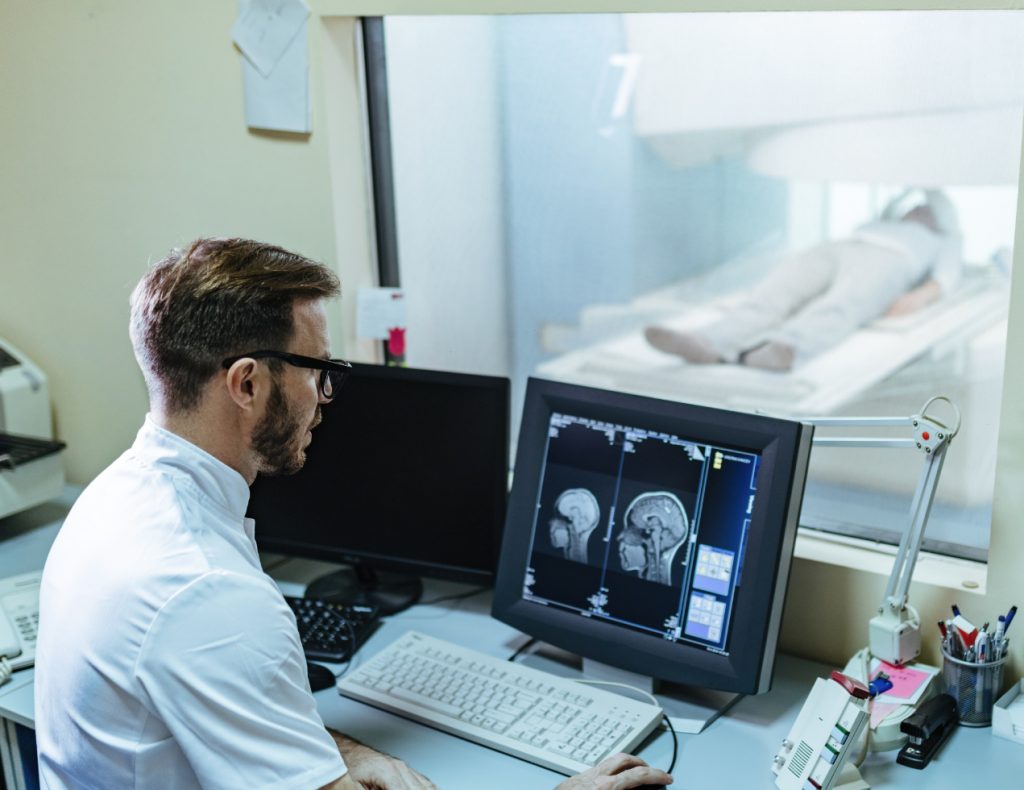
What is an CT Scan Used For?
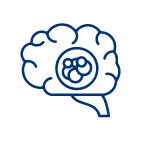
identify strokes, brain tumors, bleeding, and other neurological conditions
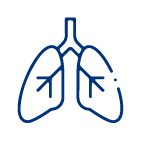
detect lung nodules, tumors, pneumonia, and other lung diseases

detect fractures, dislocations, tumors.
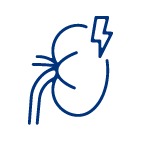
Detect infections, inflammation in organs like ( liver, kidneys and pancreas).
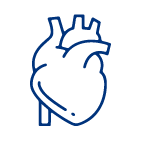
Assess heart function, detect coronary artery disease
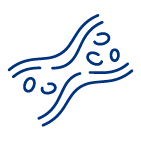
Identify aneurysms or blockages in blood vessels.

Our Scan Process
A CT scan uses X-rays and computer processing to create detailed images of the body’s internal structures.
Preparation
The patient lies on a table that slides into a doughnut-shaped scanner
Scanning
The scanner contains an X-ray source and detectors that rotate around the patient
Image Processing
Detectors opposite the source capture the X-rays that pass through, creating "snapshots" of the body's internal structures.
